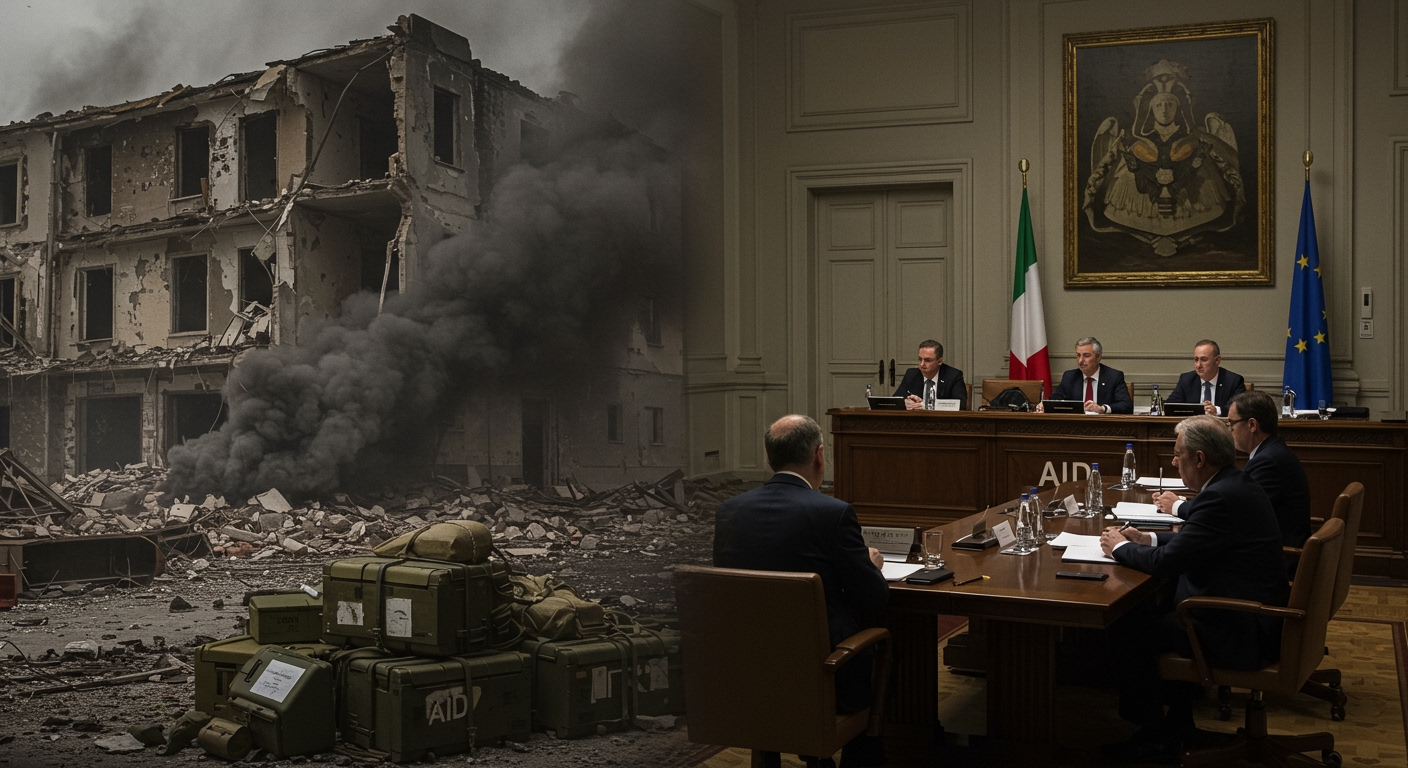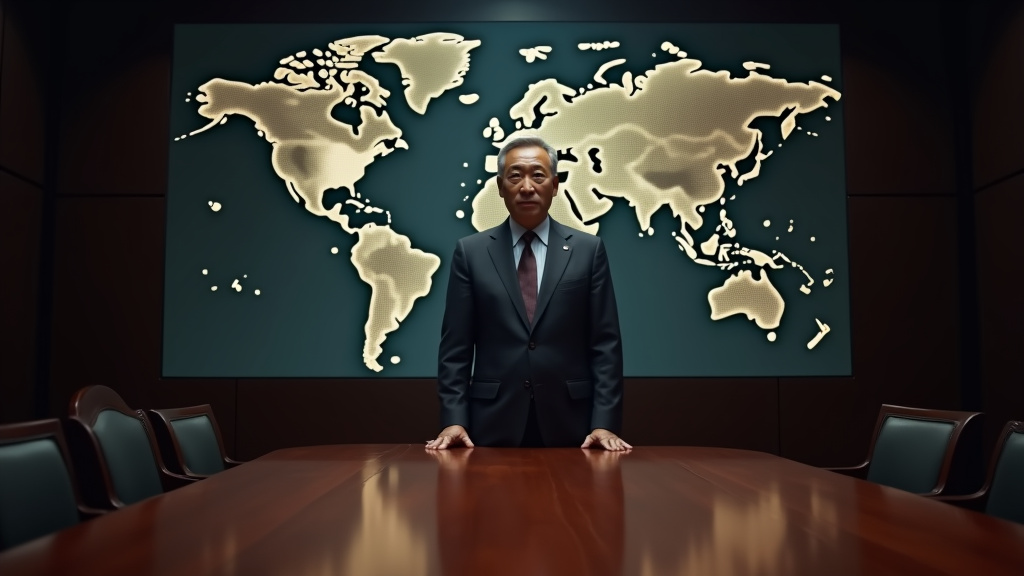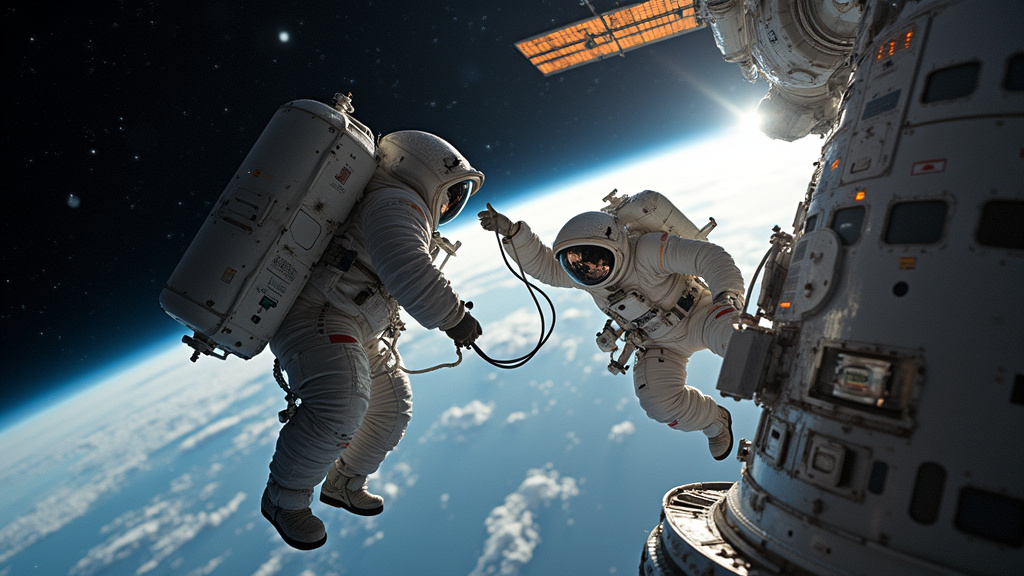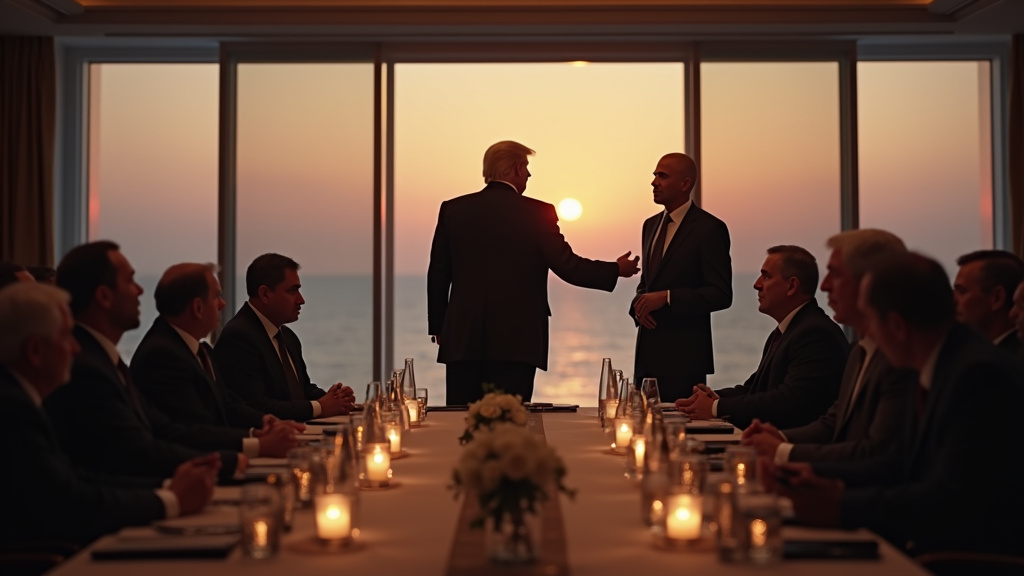Kyiv, Ukraine – Day 1232 of the conflict saw significant escalation on the ground with deadly Russian assaults targeting Ukraine’s capital and eastern regions, unfolding concurrently with renewed U.S. military assistance and international diplomatic efforts focused on finding a path to peace.
In the early hours of July 10, 2025, Kyiv was subjected to a substantial barrage of Russian drones and missiles. The coordinated attack resulted in at least two fatalities and left 13 people injured. The strikes ignited fires in both residential and non-residential structures across the city, highlighting the continued vulnerability of urban centers to aerial assaults.
Battlefield Developments and Casualties
Further east, the city of Kostiantynivka became another site of tragedy. A Russian air strike targeted the locale, killing three individuals and injuring one. The strike also caused the destruction of a one-storey administrative building, underscoring the devastating impact of the fighting on civilian infrastructure and lives in the eastern part of the country.
The conflict’s toll was also felt on the Russian side. In Kursk, a five-year-old boy succumbed to severe burns he sustained during a Ukrainian drone strike on a beach. His death brings the total fatality count from that specific incident to four, reflecting the widening geographic scope and tragic human cost of the hostilities.
Russia’s Ministry of Defence issued statements detailing their military operations along the eastern front. According to the ministry, Russian forces achieved advances at key positions, claiming to have defeated Ukrainian units in at least six regions. These claimed battlefield successes reportedly included areas within Donetsk and Kharkiv, two provinces that have seen intense fighting throughout the conflict. The ministry further asserted that Russian forces had captured a village in Donetsk, though independent verification of these claims remained challenging amidst the ongoing combat.
International Support and Diplomatic Engagements
Amidst the continued fighting, there were notable developments regarding international support for Ukraine. The United States has resumed the delivery of critical military supplies to Kyiv. Following a recent temporary halt in shipments, the U.S. recommenced sending artillery shells and mobile rocket artillery missiles. This resumption signals ongoing commitment from Washington to bolster Ukraine’s defense capabilities against the Russian offensive.
Adding another layer to potential future aid, U.S. President Donald Trump indicated that he would consider providing Patriot missiles to Kyiv. This statement, if followed by concrete action, could significantly enhance Ukraine’s air defense systems, which are crucial for protecting cities and infrastructure from missile and drone attacks like the one experienced in Kyiv.
Diplomatic efforts were also underway in Rome, focusing on potential pathways to de-escalation and peace. Ukrainian President Volodymyr Zelenskyy engaged in a “substantive” discussion with U.S. President Trump’s Ukraine envoy, Keith Kellogg, in the Italian capital. Such high-level interactions between Ukrainian and U.S. representatives are closely watched for signs of evolving strategy and coordination.
President Zelenskyy also met with Pope Leo at Castel Gandolfo, the papal summer residence. During their meeting, the pontiff extended an offer for the Vatican to serve as a potential venue for future Russia-Ukraine peace negotiations. The Vatican has previously sought to play a mediating role in the conflict, and this renewed offer underscores its continued willingness to facilitate dialogue between the warring parties.
The diplomatic focus on Rome is set to continue. Italian Prime Minister Giorgia Meloni is scheduled to officially open a conference focused on Ukraine in the city, bringing together international representatives to discuss support for the country and potentially explore avenues for a political resolution to the protracted conflict.
Conclusion
The events of July 10, 2025, illustrate the multifaceted nature of the ongoing conflict. Heavy fighting and tragic loss of life on the front lines and in urban centers continued, juxtaposed with crucial decisions on military aid from key allies and high-level diplomatic discussions aimed at finding a way to end the war. As the conflict enters its 1232nd day, the interplay between battlefield realities, international support, and peace initiatives remains central to its trajectory.





